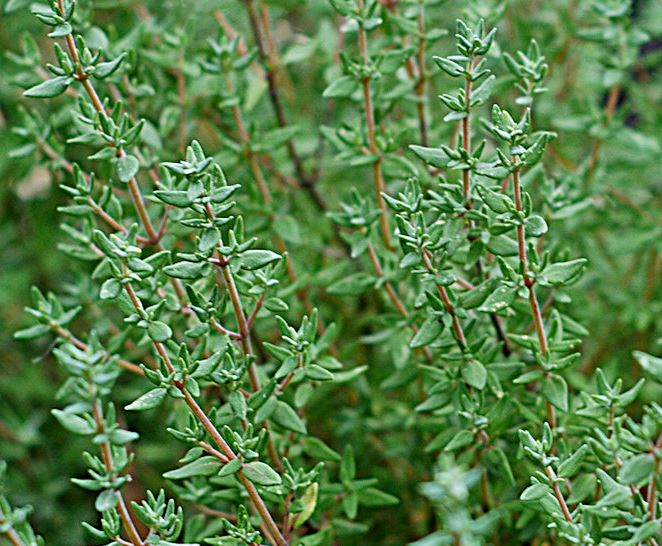Blog
What is thyme good for seasoning?

Moreover, thyme is not just limited to savory dishes; its subtle lemony undertone can be a delightful addition to certain baked goods and desserts, offering a surprising twist to traditional recipes. In the realm of beverages, thyme infusions add a refreshing element to teas and cocktails, proving its versatility beyond conventional uses. Additionally, thyme’s ability to withstand long cooking times without losing its flavor makes it ideal for slow-cooked dishes, where it gradually imparts its flavor, enhancing the overall taste profile. The herb is available both fresh and dried, with each form offering its unique culinary advantages. Fresh thyme, with its tender leaves, is excellent for garnishing and in dishes where a more subtle flavor is desired, while dried thyme, being more concentrated and robust, is well-suited for dishes that require prolonged cooking.
In essence, thyme’s role as a seasoning extends far beyond mere flavor enhancement. It acts as a bridge, melding and harmonizing the flavors of various ingredients, creating a balanced and nuanced taste experience. Its use across different cuisines underscores its universal appeal and indispensability in the culinary world. Whether used as a primary flavor component or as a part of a more complex seasoning blend, thyme contributes not just to the taste but also to the aromatic appeal of a dish, elevating the overall sensory experience of cooking and dining.
Thyme’s compatibility with a wide range of ingredients makes it a fundamental herb in many global cuisines. In French cooking, thyme is essential in the ‘bouquet garni,’ a classic herb bundle used to infuse soups, stews, and stocks with flavor. Italian cuisine appreciates thyme for its ability to enhance the taste of tomato-based sauces, pizzas, and pasta dishes. Its aromatic presence in Greek and Middle Eastern recipes is notable, particularly in marinades for meats and in the seasoning of olives and cheeses.
The versatility of thyme extends to its utility in various cooking methods. It is equally effective whether used in roasting, grilling, sautéing, or braising. During roasting, thyme releases its oils, subtly permeating meats and vegetables with its distinct flavor. When grilling, it imparts a smoky and herby essence, particularly when sprigs of thyme are placed directly on the coals, creating an aromatic smoke. In sautéing, it adds a layer of complexity to the aromatics, and in braising, it contributes to the development of rich, deep flavors over long cooking periods.
Thyme’s role in seasoning extends beyond its leaves. The stems of thyme, though often discarded, can be used in stocks and broths to imbue a milder, woodsy flavor. This practice aligns with the principles of sustainable cooking, utilizing the entire herb and minimizing waste.
In vegetarian and vegan cooking, thyme offers a solution for adding depth and meatiness to dishes without animal products. Its robust flavor profile can transform simple plant-based ingredients into hearty and satisfying meals. For instance, when added to lentil stews or mushroom-based dishes, thyme contributes a complexity that enriches the dish, compensating for the absence of meat.
The application of thyme in seasoning is not limited to traditional dishes; it also finds its place in contemporary and fusion cuisines. Chefs around the world experiment with thyme in creating innovative dishes, pairing it with unexpected ingredients for unique flavor combinations. For instance, thyme-infused desserts, such as lemon-thyme pound cake or thyme ice cream, demonstrate its adaptability and appeal in modern gastronomy.
Thyme also plays a significant role in food preservation and fermentation. In pickling processes, thyme adds a distinctive flavor to pickled vegetables, complementing the tanginess of the vinegar. Its antimicrobial properties are beneficial in fermentation, contributing to the flavor development of fermented foods like cheeses and sauerkraut.
In terms of health benefits, thyme’s contribution goes beyond taste. It is rich in vitamins and antioxidants, adding nutritional value to dishes. This aspect is particularly appreciated in health-conscious cooking, where thyme is used not only for its flavor but also for its health-promoting properties.
To sum up, thyme’s significance as a seasoning agent is multifaceted. Its ability to enhance and transform flavors across a diverse range of dishes, its compatibility with various cooking techniques, and its nutritional benefits make it an indispensable herb in the culinary world. Whether used in traditional recipes or in innovative culinary creations, thyme’s presence is a testament to its enduring appeal and versatility as a seasoning ingredient. For a comprehensive understanding of thyme’s culinary uses, exploring its historical origins, cultivation methods, and regional variations can provide a deeper appreciation of this essential herb’s place in the gastronomic landscape.



